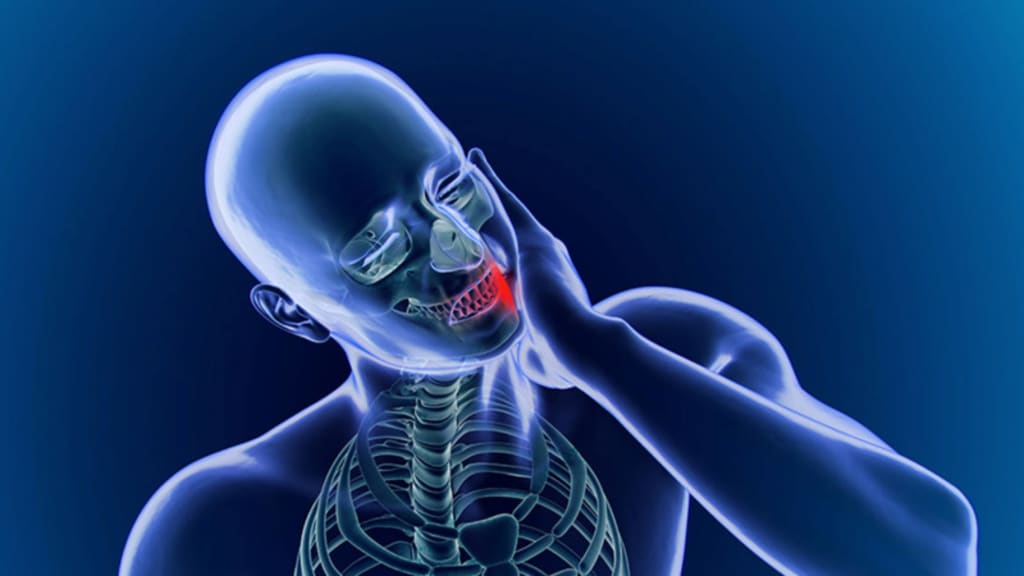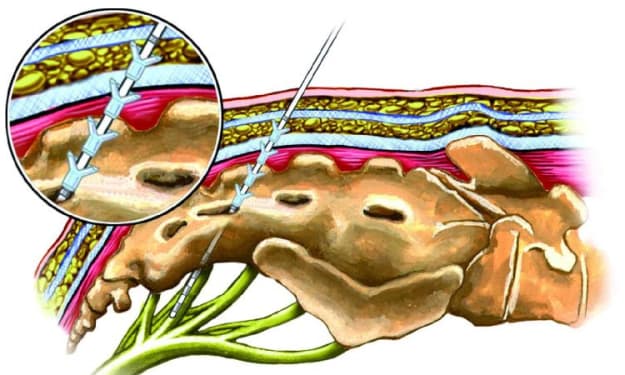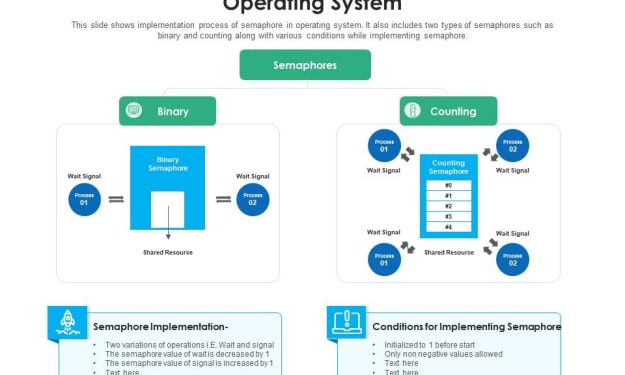Content warning
This story may contain sensitive material or discuss topics that some readers may find distressing. Reader discretion is advised. The views and opinions expressed in this story are those of the author and do not necessarily reflect the official policy or position of Vocal.
TRIGEMINAL NERVE
ANATOMY, FUNCTION, DISORDER AND TREATMENT STRATEGIES

The nervous system, which is one of the most fascinating aspects of our body, includes the Trigeminal nerve, also called the fifth cranial nerve. It is the largest cranial nerve. This is responsible for the sensations we feel on the face, scalp, and even parts of the mouth. This article will explore the anatomy, functions, and common disorders of the Trigeminal nerve to understand its significance better.
Anatomy of the Trigeminal Nerve
The trigeminal nerve, also known as the fifth cranial nerve, is a crucial cranial nerve responsible for facial sensory and motor functions. It consists of three major branches: the ophthalmic (V1), maxillary (V2), and mandibular (V3) branches.
The ophthalmic branch provides sensory input from the forehead, scalp, and upper eyelid. The maxillary branch carries sensations from the middle part of the face, including the cheek, lower eyelid, and upper lip. The mandibular branch serves the lower jaw, lower lip, and chin.
Additionally, the trigeminal nerve controls the muscles responsible for chewing (mastication) through its motor fibres.
Damage or disorders of the trigeminal nerve can result in conditions such as trigeminal neuralgia, characterised by severe facial pain or sensory disturbances in the face, impacting daily life and requiring medical intervention.
Trigeminal NerveTrigeminal Nerve
The Trigeminal Nerve has Three Branches, Each for Sensations in Various Parts of the Face.
Ophthalmic Branch (V1) – The first branch, known as the Ophthalmic Branch (V1), deals with sensations in the forehead, scalp, upper eyelid, and the bridge of the nose. It’s what allows you to feel an itch on your forehead or a gentle breeze on your face.
Maxillary Branch (V2) – The second branch, called the Maxillary Branch (V2), supplies sensations to the cheek, upper lip, and sides of the nose. It’s responsible for experiences such as feeling warmth from a cup of tea against your lip or when you pinch your cheek.
Mandibular Branch (V3) – The third branch is called the Mandibular Branch (V3). It controls sensations in the jaw, lower lip, and certain parts of the tongue. This is why you can feel when you chew your meal or sense stubble on your chin.
The Trigeminal Nerve has Sensory and Motor Functions
Sensory Role – Its sensory role involves transmitting information related to touch, temperature, and pain from the face to the brain. For instance, it enables you to feel someone gently touching your cheek or instinctively pull away from something to prevent injury.
Motor Functions – Besides sensing, motor functions are also important. They have a role in controlling the muscles used for chewing and the facial muscles responsible for expressions. Whenever you enjoy a bite of food, you can express gratitude to the nerve for enabling it.
Common Disorders of the Trigeminal Nerve
Like many components of our nervous system, the trigeminal nerve can experience various disorders, some of which can be quite debilitating. Here are a few common disorders associated with this remarkable nerve:
Trigeminal Neuralgia:
Trigeminal neuralgia is the most common disorder related to the trigeminal nerve.
This condition can be caused by a variety of factors, such as
Pressure on the nerve from a tumour or blood vessel
Multiple sclerosis
Injury to the nerve
Ageing
Genetics
This condition is characterised by sudden, severe, stabbing facial pain, often triggered by activities such as eating, speaking, or even touching the face.
The pain can be excruciating and disruptive, making it challenging for individuals to go about their daily lives. Fortunately, medical treatments are available to manage and alleviate the pain associated with trigeminal neuralgia.
A 3d representation of trigeminal neuralgia painA 3d representation of trigeminal neuralgia pain
Diagnosis can be done by:
Mainly done by the patient’s symptoms
Neurological examination
MRI or CT scans
Treatment options include:
Anti-convulsants, Muscle relaxants, Botox injections.
If the disorder condition is very severe and uncontrolled with medication, surgical procedures such as Brain stereotactic radiosurgery (gamma knife), Microvascular decompression, and Radiofrequency thermal lesioning will be the treatment option.
Radiofrequency Ablation for Trigeminal NeuralgiaRadiofrequency Ablation for Trigeminal Neuralgia
Trigeminal Neuropathy:
Trigeminal neuropathy refers to damage or dysfunction of the trigeminal nerve, resulting in various sensory disturbances. These may include numbness, tingling, or loss of sensation in parts of the face. It can be caused by a variety of factors, including trauma, infections, or certain medical conditions. Treatment depends on the underlying cause and may involve medication, physical therapy, or surgical interventions.
Trigeminal Autonomic Cephalalgias (TACs):
TACs are a group of rare headache disorders that often involve severe, stabbing, or piercing pain on one side of the head, typically around the eye.
These disorders, which include cluster headaches and paroxysmal hemicrania, are thought to be related to abnormalities in the trigeminal nerve’s functioning.
Diagnosis is made after looking at the frequency of headache, duration, intensity, and accompanying symptoms.
Treatment can be challenging as each TAC has its line of treatment and may involve medications, nerve blocks, or other specialised therapies.
About the Creator
Enjoyed the story? Support the Creator.
Subscribe for free to receive all their stories in your feed. You could also pledge your support or give them a one-off tip, letting them know you appreciate their work.





Comments
There are no comments for this story
Be the first to respond and start the conversation.